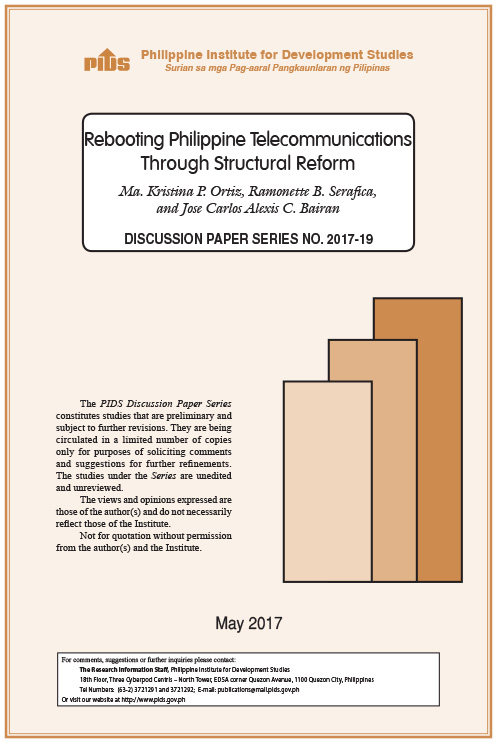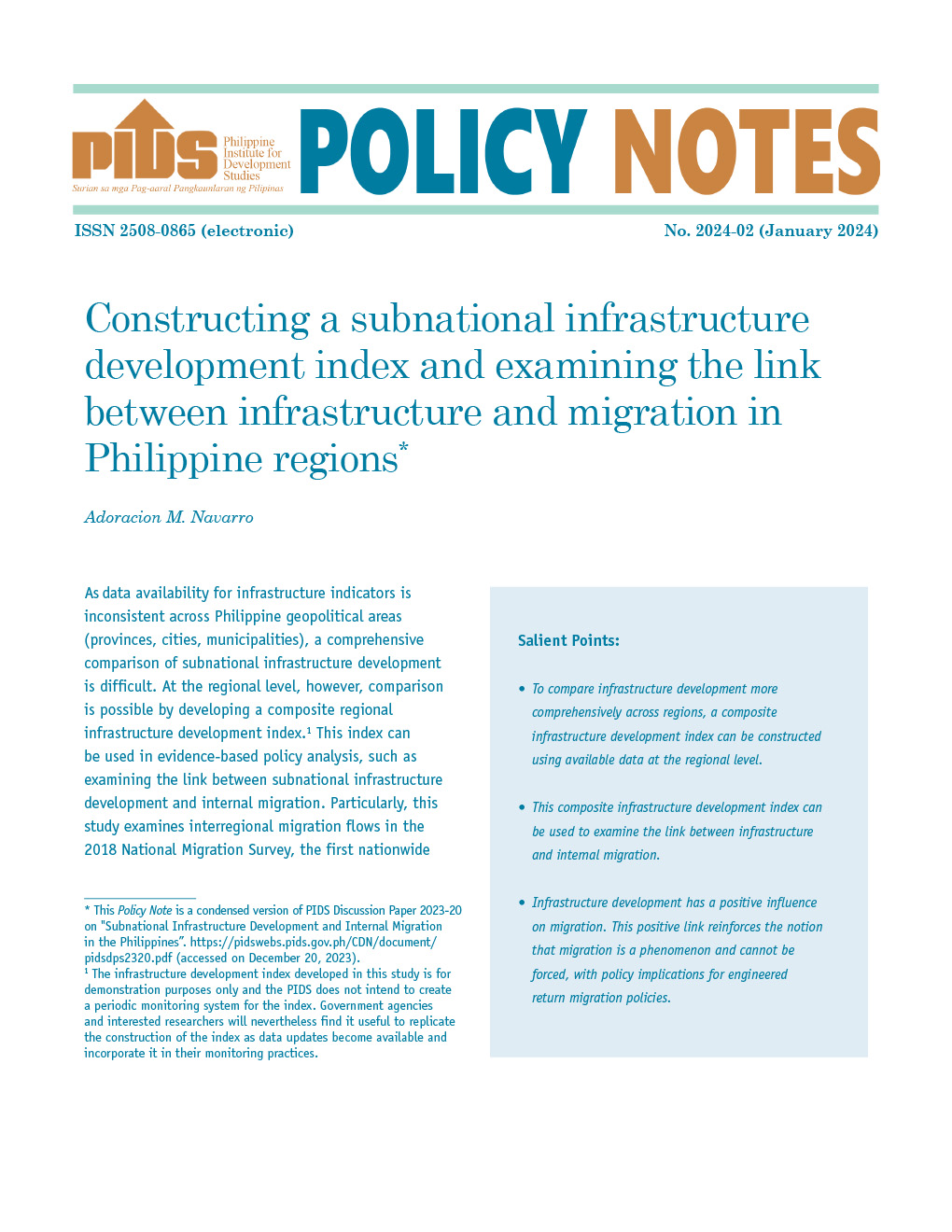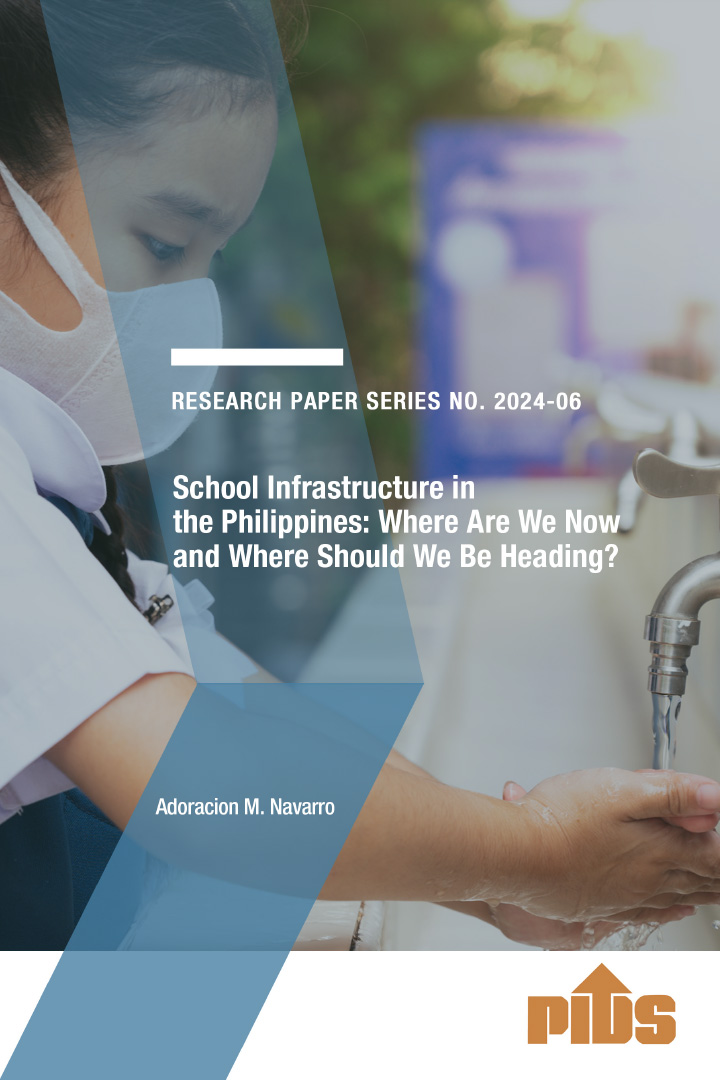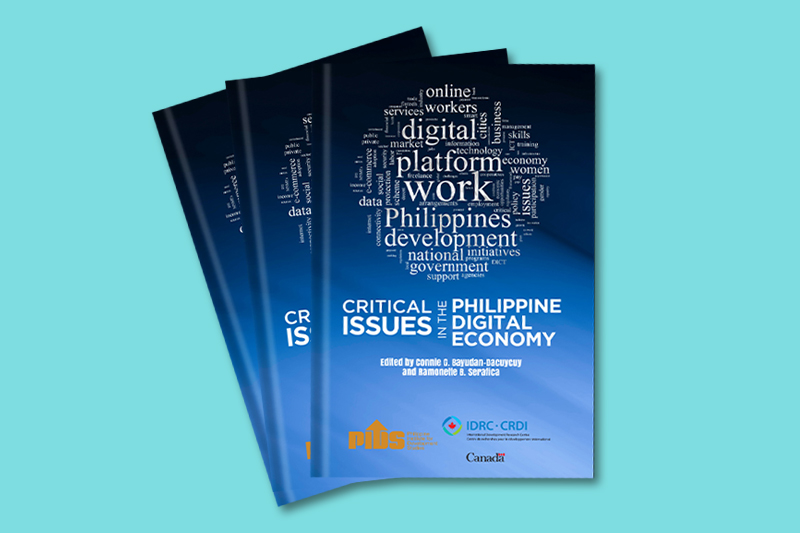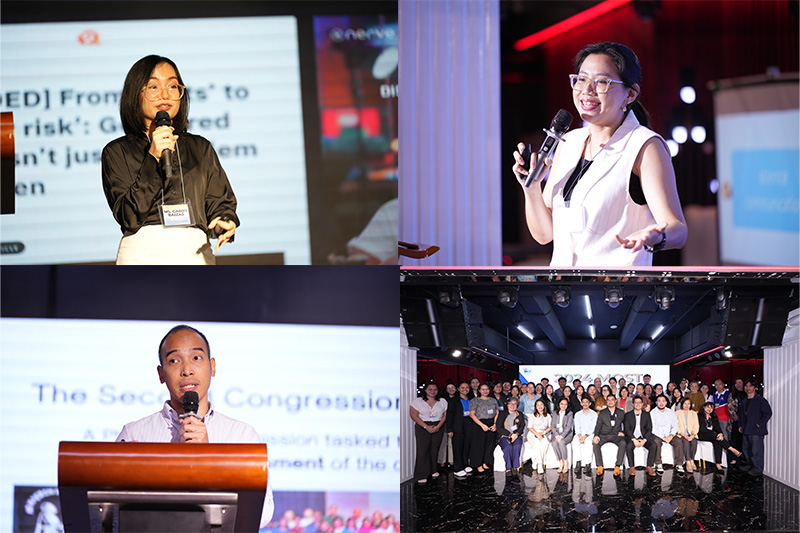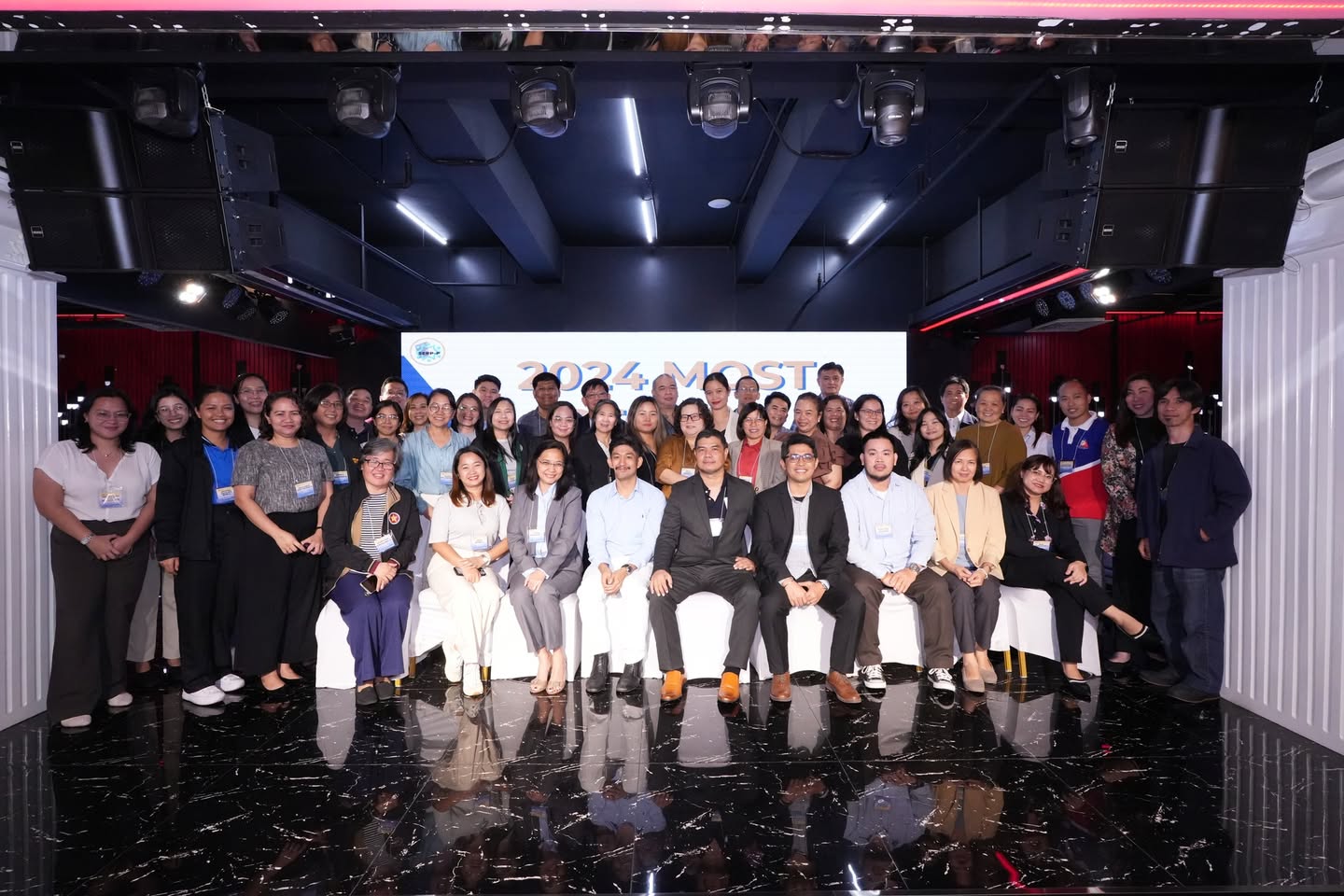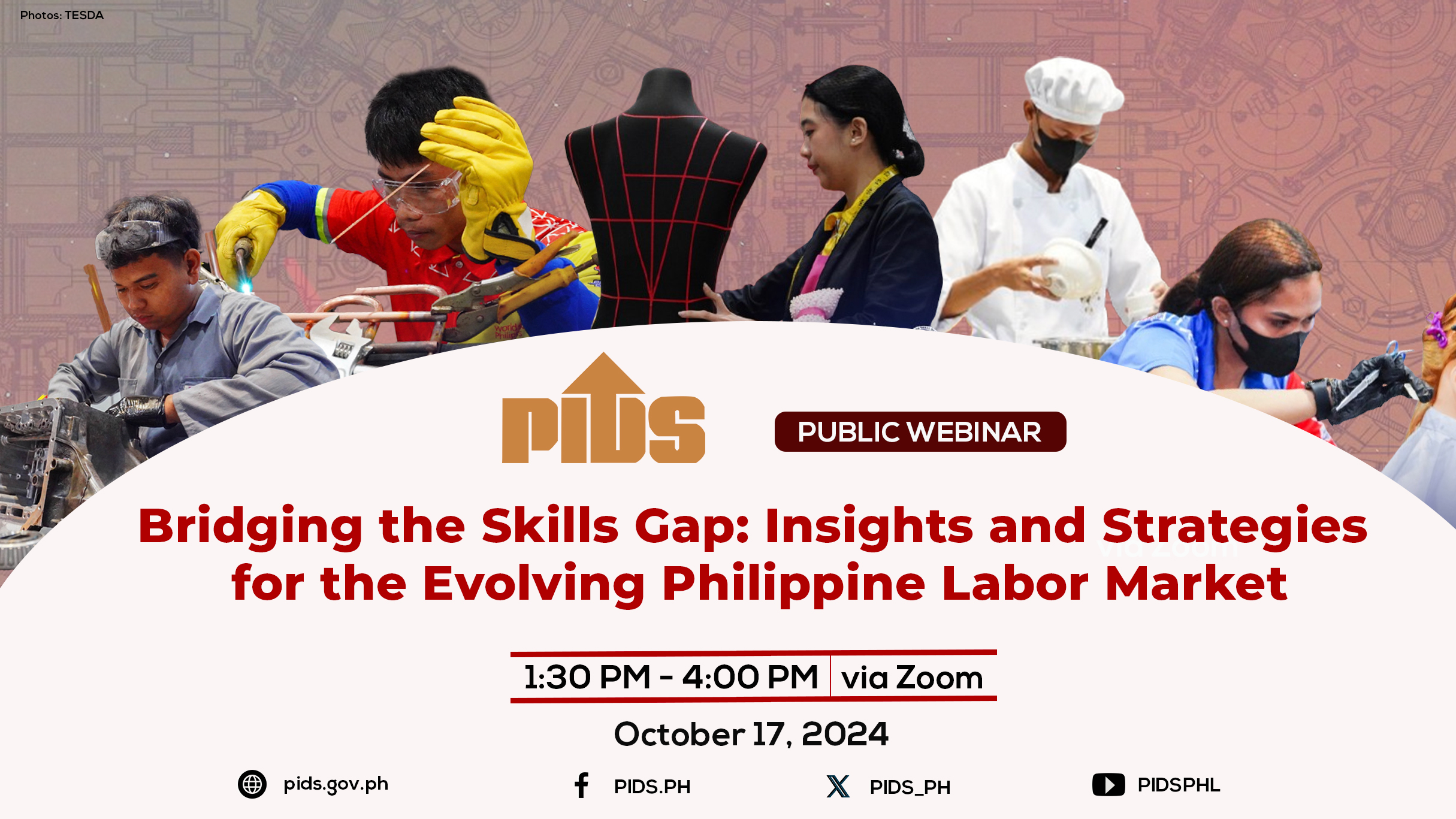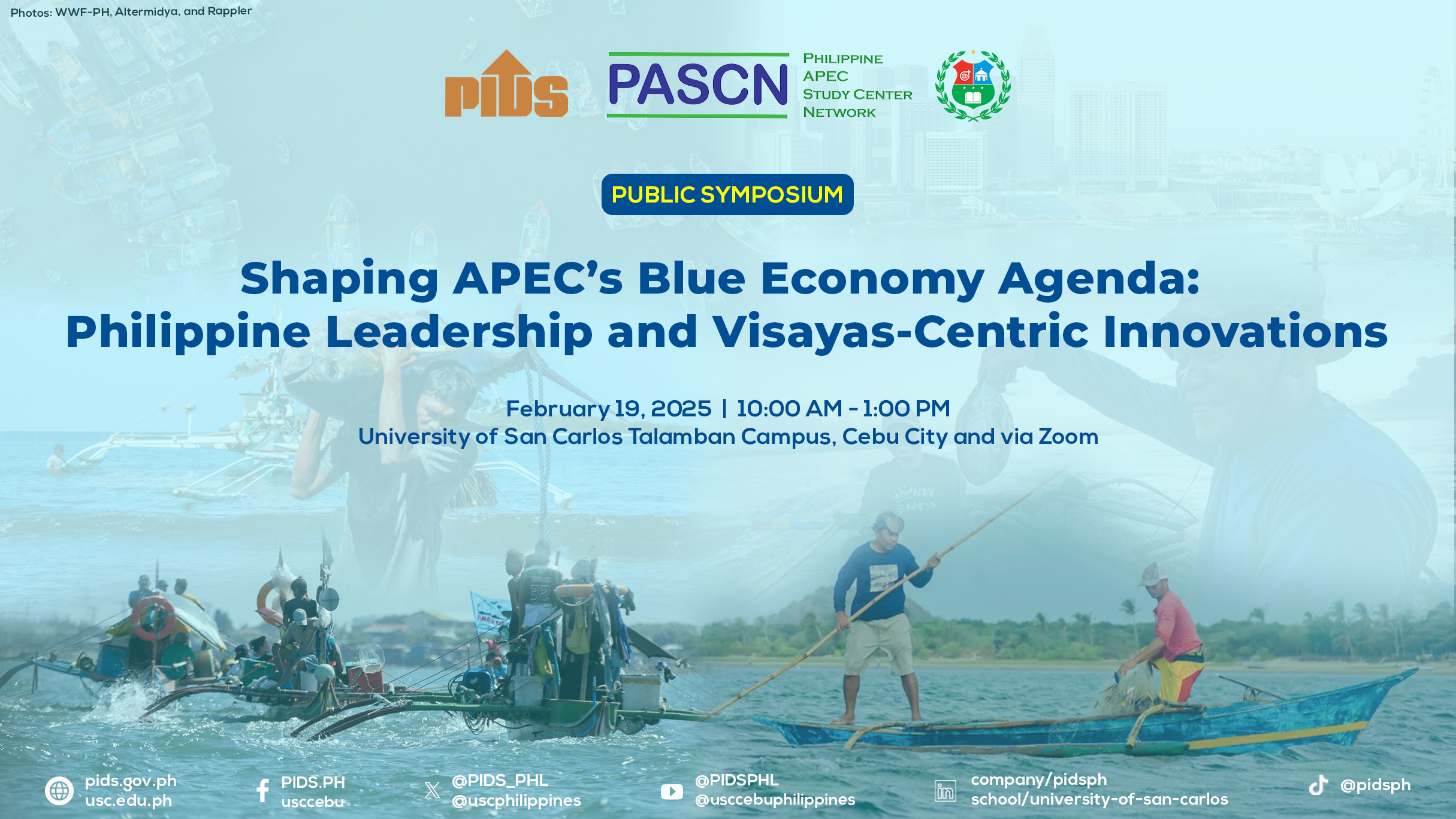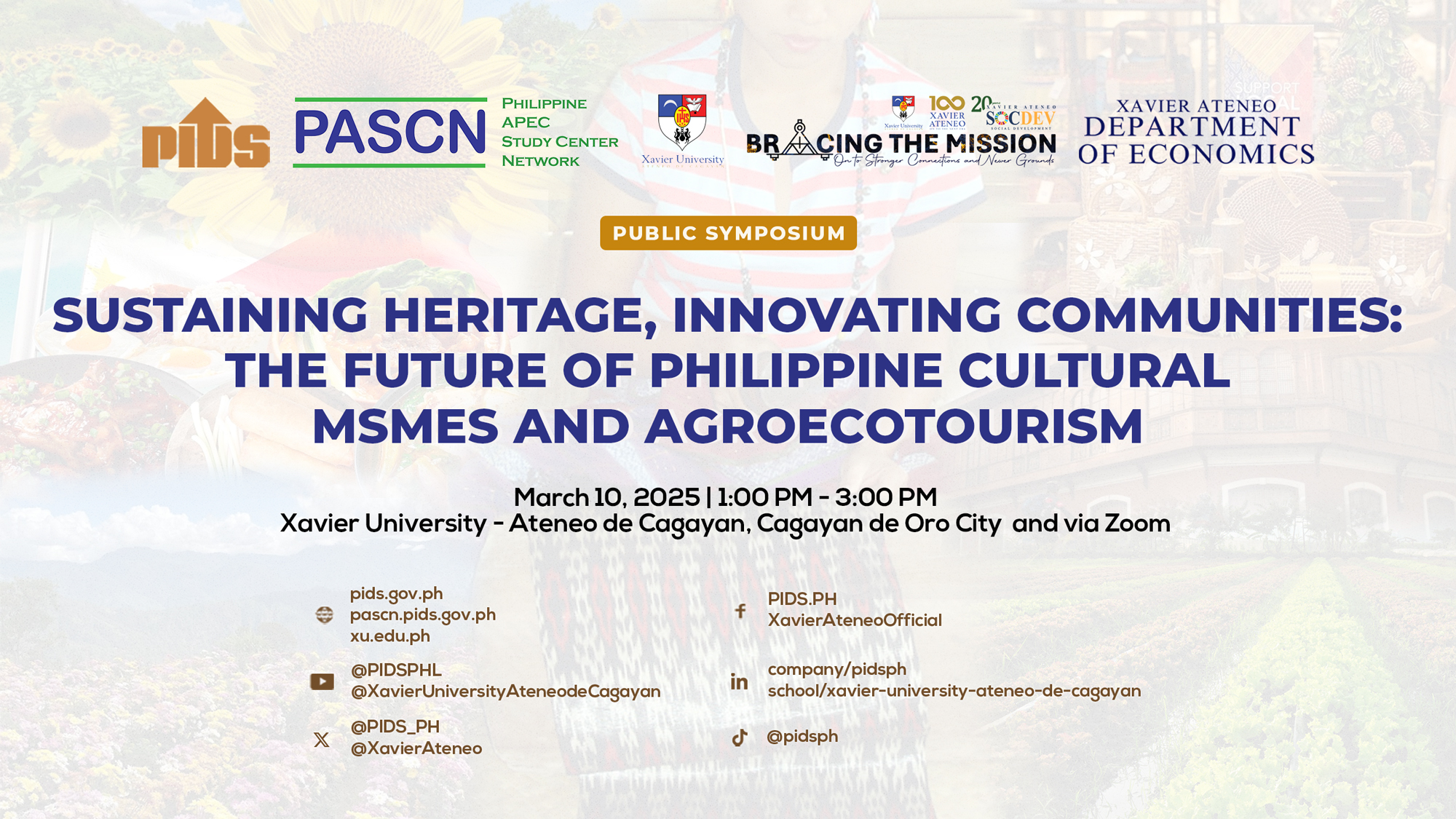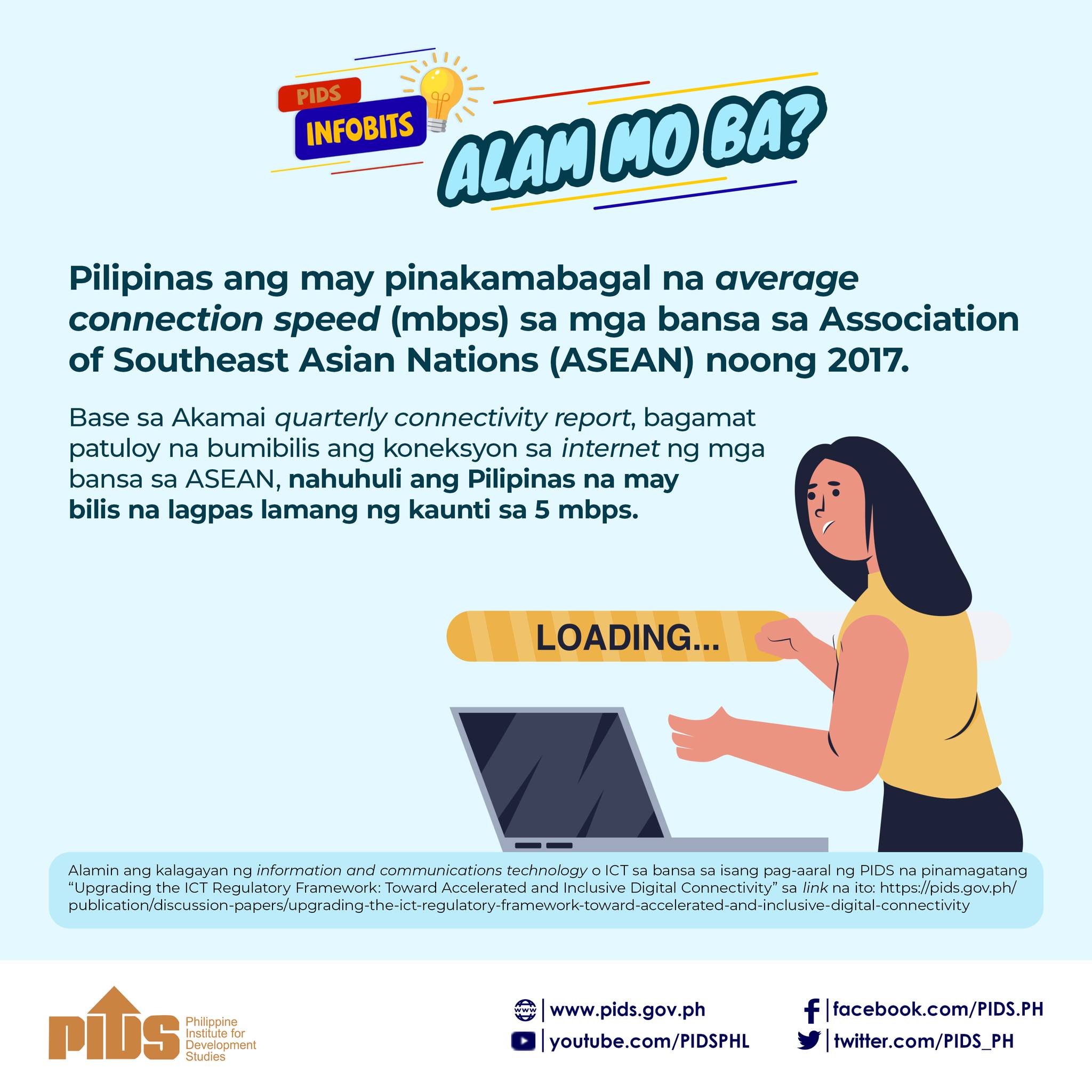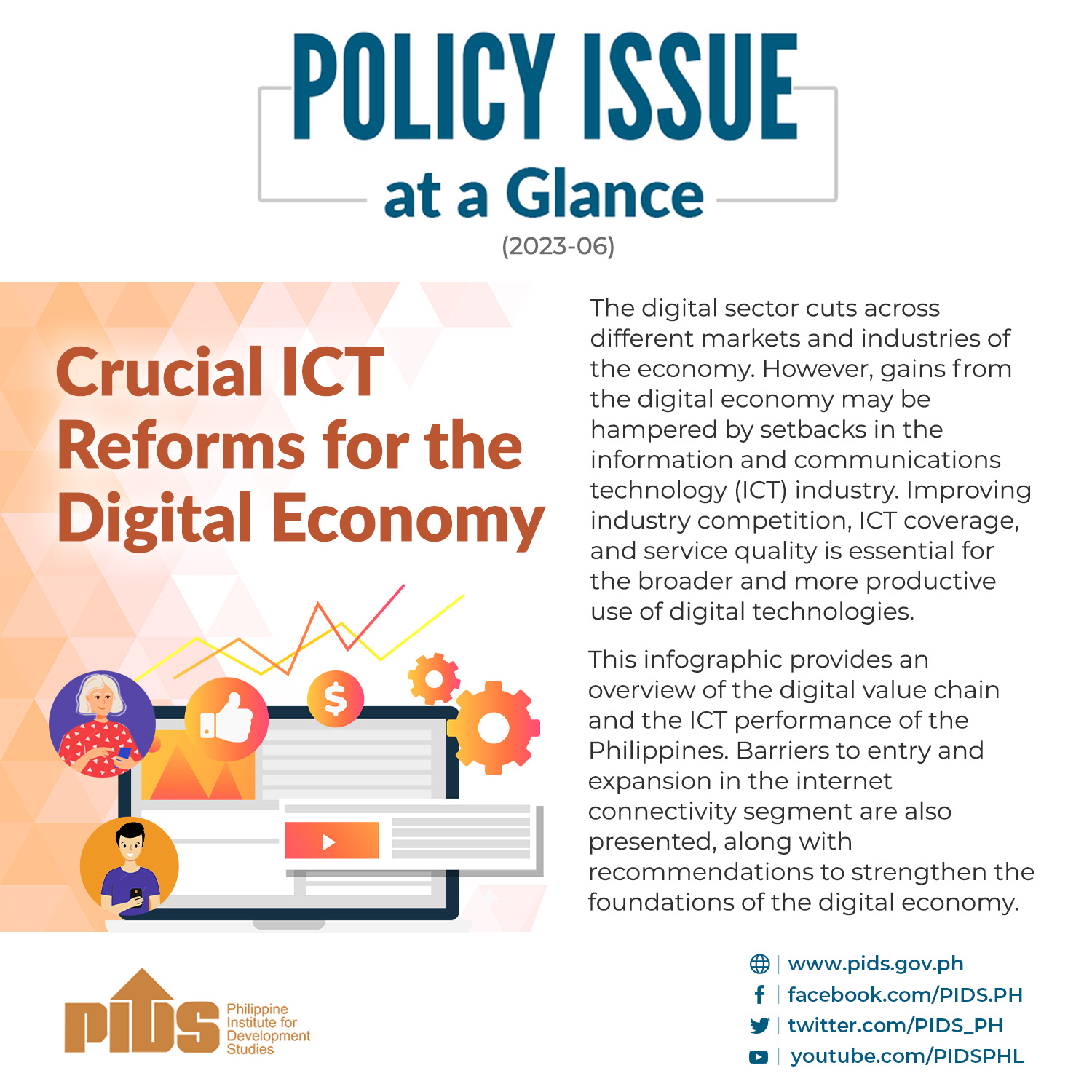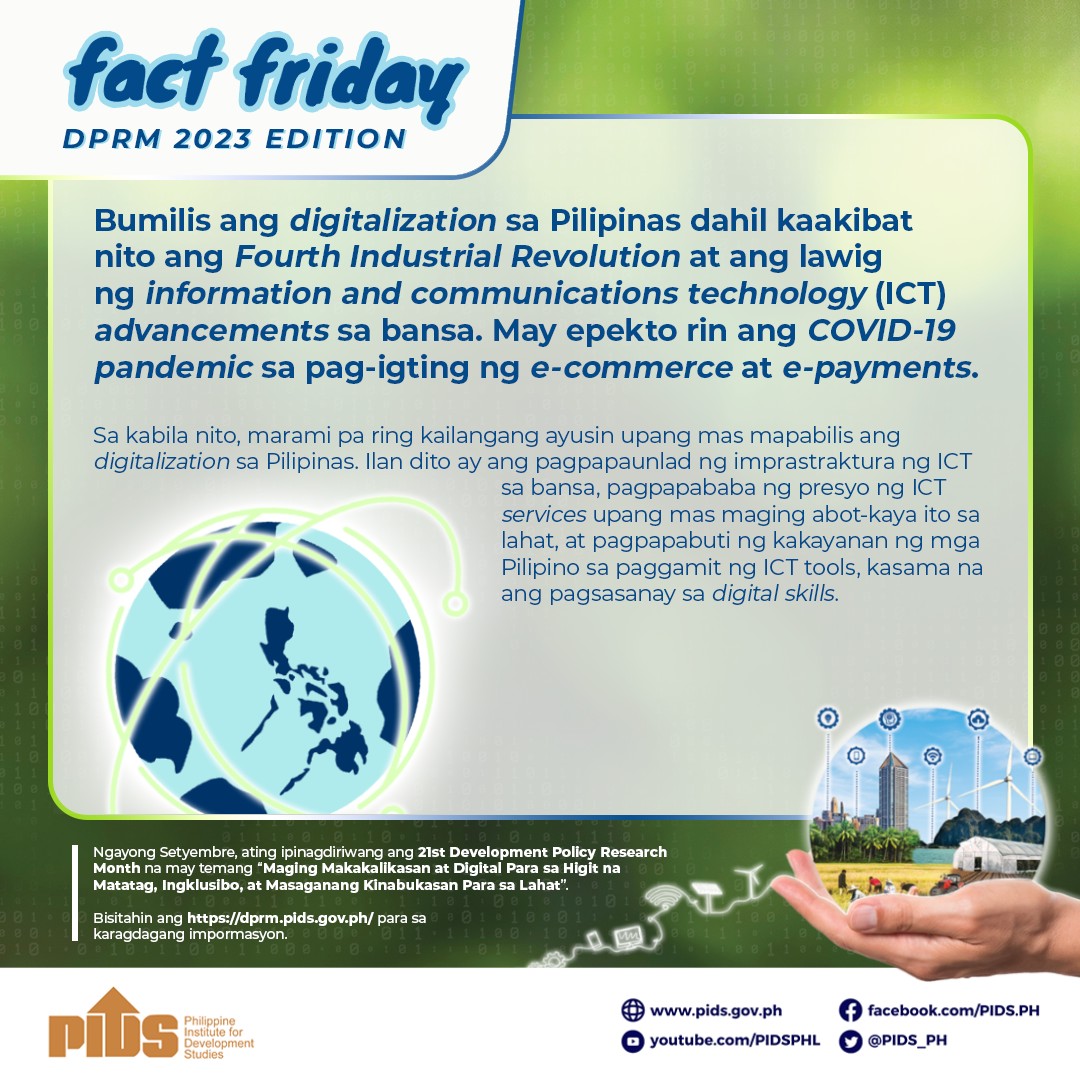The quality of the Philippine telecommunication/information and communication technology (ICT) regulatory environment is significantly below what is considered international best practice. Using a scoring system developed by the International Telecommunication Union (ITU), where 100 points represent the best possible scenario, the Philippines is only midway toward the ideal with a score of 52.50––second lowest in a group of seven ASEAN members. A package of structural reforms is needed to improve regulatory quality and support the efficient functioning of ICT markets. While the regulatory regime (or specific rules) and the competition framework are essential elements, they will only work if an effective regulatory authority with the right mandate is in place. Therefore, this should be prioritized in the reform agenda. Last but not least, universal access/service is an important goal that needs to be pursued. We should learn from our own and other countries' experience in crafting a new strategy.
Citations
This publication has been cited 15 times
- Bastianin, Andrea, Paolo Castelnovo and Massimo Florio. 2017. . MPRA Paper 78256. University Library of Munich, Germany.
- Bastianin, Andrea, Paolo Castelnovo, and Massimo Florio. 2018. . Utilities Policy 55(C), 115-128. Elsevier.
- Bastianin, Andrea, Paolo Castelnovo, and Massimo Florio. 2017. . Working Papers 2017.22. Fondazione Eni Enrico Mattei.
- Bastianin, Andrea, Paolo Castelnovo, Massimo Florio. 2018. . Papers 1810.03348,. arXiv.org.
- Campos, Othel. 2017. . Manila Standard Today.
- Angela Celis. 2017. . Malaya.
- Cahiles-Magkilat, Bernie . 2017. . Manila Bulletin.
- Chanco, Boo. 2016. . Philippine Star.
- Dagooc, Ehda. 2017. . Freeman.
- Mayvelin U. Caraballo. 2017. . Manila Times.
- Montealegre, Krista. 2017. . BusinessMirror.
- Sunstar Manila. 2017. . SunStar Manila.
- Valencia, Czeriza. 2017. . Philippine Star.
- Velasco, Ed. 2017. . The Daily Tribune.
- Villafuerte, Luis Raymund. 2018. . House of Representatives.

